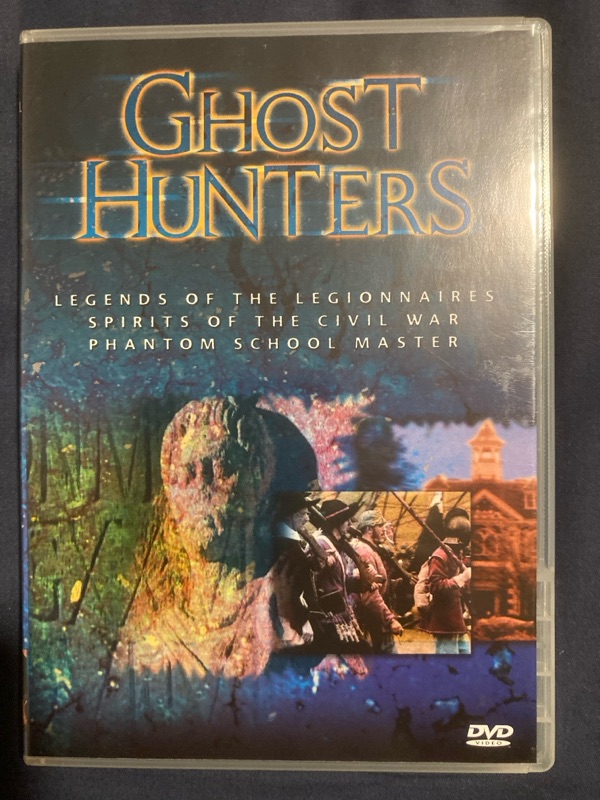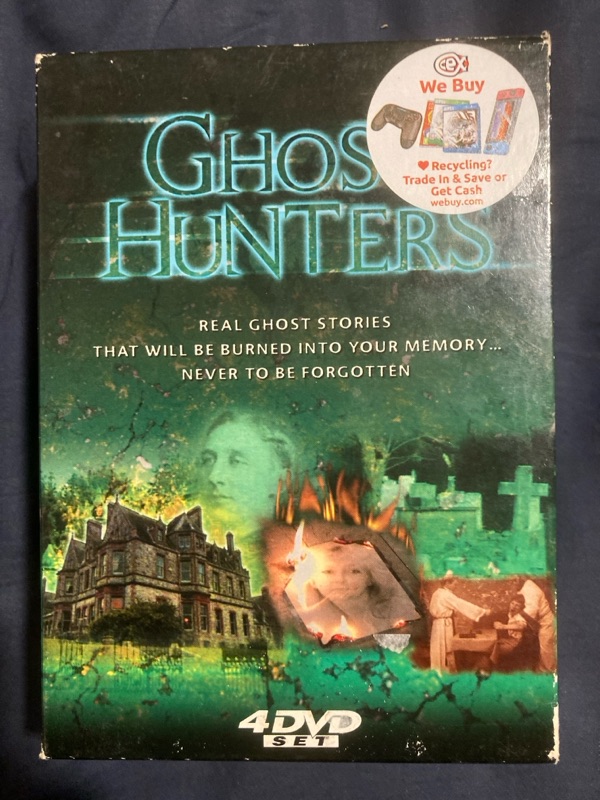The following guest article is by
Rupert Matthews, author of the book
Haunted Hampshire.
-----------------
The Appleby Poltergeist
By Rupert Matthews
Another late 19th century case that was well documented took place in a home near the village of Appleby in what was then Westmorland, but is now Cumbria. One of those involved kept a diary and wrote down the events as they happened, allowing us to follow the progress of this particular visitation in detail.
The house in question was a former flour mill which, like so many in England, was abandoned in the 1880s when cheap grain imported from North America and milled at dockside industrial mills took over the market for mills. In 1887 the semi-derelict old watermill was bought by a businessman from Manchester named Fowler to be a comfortable country home for his family. He would have to go to Manchester to work, and intended to stay in a small apartment over his business when he did so. At the time that family consisted of Mr Fowler, his wife and two daughters: Teddie aged 12 and Jessica aged 14.
Before the family moved in the old mill had to be converted to make it suitable for use as a house. Most of these changes were cosmetic, but one was more substantial and came to have relevance to what followed. The mill water wheel had formerly been linked to a large axle which entered the mill through the side wall overlooking the river. It was connected in the 'wheel room' to a mass of machinery, gears and so faorth that converted the motion of the wheel into movement that could be used by the milling machinery. The room was lit by a large window while a door gave access to some stone steps and a gangtry from which the wheel itself could be inspected and, if necessary, repaired. A door led from the wheel room into the kitchen.
Fowler hired workmen who removed the wheel and all the machinery. He then had the door bricked up, but left the window as it was. The wall separating the wheel room from the rest of the kitchen was torn down and replaced by a more flimsy partition that stood much closer to the wall with the window overlooking the river. This created a much larger kitchen with a storeroom occupying the reduced space of the wheel room - which however was still termed the wheel room.
The bilding work was finished in early May 1887 and the family moved in. About two weeks later, Teddie complained of feeling ill and began to run a slight fever. Her mother put her to bed and decided that she should rest there for a day or two. That evening the other three members of the family were eating supper in the kitchen when the sound of breaking glass came from the wheel room.
Mr Foster went into the room to find a pane of glass in the window had been smashed. At first he thought that a large bird might have flown into the window and broken it, but he soon decided that the pane had been smashed deliberately. He peered out but could see nobody. He then walked through the kitchen and out into his garden from where he could get a good view up and down the stream, and of the path that ran along the far side. Again, nobody was in sight.
Foster then returned to the wheel room and began clearing up the broken glass. He quickly found the missle that had smashed the window. It was a large stone identical to those found in the rocky bed of the stream, and it was still wet. It was obvious where the stone had come from, but who had thrown it was a mystery.
Ten days later the family were again at supper when the sounds of somebody knocking on the far side of the partition to the wheel room began. The knocking noises got louder and more insistent, then moved to the door that led from the kitchen to the storage room. Thinking some prankster was at work, Foster walked over and opened the door. The noises stopped at once. There was nobody in the room.
Three days later Mrs Fowler and Jessica were in the kitchen engaged in housework when they heard voices coming from the wheel room. The voices were not loud, and neither Mrs Fowler nor Jessica could catch what they were saying. They knew that nobody was in the wheel room and fled the house. They were standing in the garden wondering what to do when a man who worked on a neighbouring farm was seen walking down the lane. Mrs Fowler told the man that she was worried that somebody was in the house. The farmhand went in and searched diligently but found nobody.
That night the voices in the wheel room came again as the family were at supper. This time they were louder and could be heard to be a man and woman, though the words could still not be made out. There then came a sound like a saucer being dropped on the floor and broken. Mr Fowler quickly opened the door to the wheel room. The voices stopped. There was no broken saucer, nor anything that could have explained the noise.
Mr Foster knew that on the folowing Monday he would need to go to Manchester, and would need to stay there for several days to look after his business. He did not want to leave his family alone, but dreaded what would happen if he announced that the house was haunted. He sent for an employee named Dick Carter, whom he knew to be level- headed, and asked him and his wife to come to stay at the mill.
Before Carter arrived, Foster screwed two stout metal bars across the door that led from the kithen to the wheel room so that it could not be opened from either side. As he did so a stone smashed through the window in the wheel room. Foster then fixed a wire mesh over the window on the outside. On the Monday, Foster explained to Carter what had been going on and expressed his fear that the house was haunted. Carter promised to keep a close eye on things. Foster then left for Manchester.
That evening it was Mr and Mrs Carter, Mrs Foster, Teddie and Jessica who ate supper in the kitchen. The two women were clearing up when the manifestations began, this time far more dramatic than before. The first thing that happened was that a cup fell off the dresser, followed by a pair of saucers and another cup. Then a jug of beer tipped over and spilled its contents all over the floor. This was followed by the fire irons which began dancing about in their holder. The coal scuttle then began shooting out pieces of coal that flew across the room. The girls screamed and dived for cover, followed quickly by Mrs Fowler. Carter stood up and surveyed the mayhem around him. He had promised to keep an eye on things and was determined to note carefully everything that happend so that he could report to his employer. Suddenly everything fell still.
Then noises came from the sealed up wheel room. It sounded as if the boxes in the room were being thrown about. Then came the sound of hammering and banging. Carter ushered everyone out of the house, then got into a small boat and crossed to the far side of the river to get a good view through the window of the wheel room. He watched as packing cases moved back and forth. Then an empty pram was seen floating up to the ceiling, then moving off to one side. The pram drifted past the window five times. Then the movements and noises ceased. After 20 minutes of silence, Carter recrossed the stream and entered the house. All was quiet, so he waved the others in. Carter sat up all night in the kitchen while the others went to bed. Nothing much happened and Carter dozed off toward dawn.
Next morning, Carter got a ladder and climbed up to peer into the wheel room. All the packing boxes had been piled up against one wall. The pram was perched on top.
Nothing happened for the rest of the week, but when Fowler came home the disturbances broke out again. Once more the packing cases and pram were moved about the sealed room, loud hanmmering noises were heard. Then the voices came back. Again the actual words could not be heard but it sounded as if the man and woman were having an argument. This lasted an hour, then quiet returned.
Over the months that followed the disturbances continued unabated. There might be a few days when nothing happend, then the noises and movements would come back. Mr Fowler’s diary for two weeks in August are typical. The references to everyday life have been ommitted, but the entries relevant to the visitation read as follows:
Saturday Augsut 13Four jugs broken in kitchen. Several knocks on door. Scraping sound on wheel room window.
Monday August 15Cat frightened at something in kitche, and has run away.
Thursday August 18Five spoons found on floor of kitchen this morning, on dresser over night. Jess had a plate thrown at her. Noises in the wheel room.
Sunday August 21Queit, except for jug of water upset, and knives found in sink.
Friday August 26A noisy night last night. On guardoutside wheel room. They kept it up for nearly two hours. Ink bottles thrown to floor.
Monday September 5No sleep last night. On guard all night. Hell is in the wheel room. Wife stayed up part of time.
It is hardly suprising that the Fowler family felt like a holiday after such a summer. Mr Fowler had a married sister living on the Isle of Man and he arranged for them all to go to visit her for a couple of weeks in September. Before leaving he made a point of putting all loose objects away, locking every door and making a careful note of where everything was. He then asked a neighbour to keep an eye on the place, coming to check the outside doors and windows were locked every day.
The Fowlers were away for four weeks. When the time came to return home, Teddie asked if she could stay on with her aunt. So it was that Mr and Mrs Fowler returned home with only Jessica. They found that the house was exactly as they had left it. There were no further manifestations of any kind.
Once the trouble was over, Fowler felt mroe able to talk about the events. He talked to the local curate who agreed to do some reasearch. He discovered that one of the former workers at the mill had been a Welshman named Tom Watkins. Watkins had been employed to look after the machinery in the wheel room, and often slept in the room when the mill was busy. Watkins formed a friendship with a local woman, and the woman’s husband took exception to the way the 'friendship' was progressing. One night in the local inn a fight had broken out between Watkins and the husband, which ended with the latter dying from a blow to the head. Watkins was arrested, but let go after it became clear that the other man had attacked him first. Watkins and the widow had then moved off to Wales and their subsequent fate was unknown.
The visitation was promptly put down to a haunting connected to these events. The ghost heard arguing in the wheel room were assumed to be those of Watkins and his lover.
Rupert Matthews is the author of the book Haunted Hampshire which is published by the History Press (ISBN 978-0752448626) and available on Amazon and from all good bookshops. You can find Rupert’s website at www.rupertmatthews.com. He also maintains a blog about the unexplained at www.ghosthunteratlarge.blogspot.com.
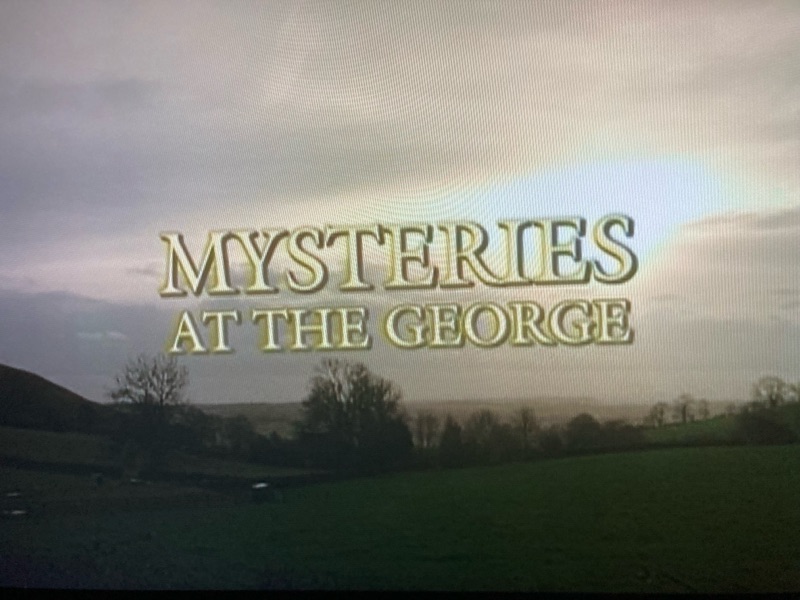


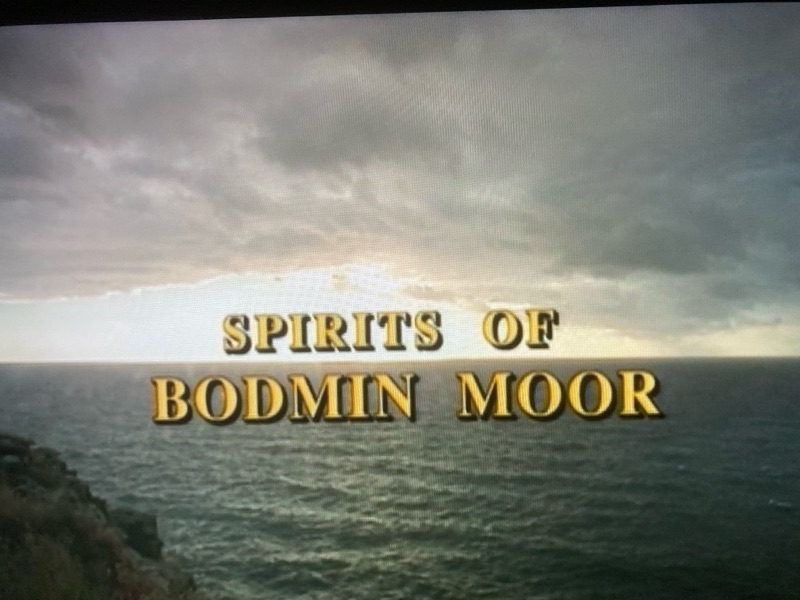

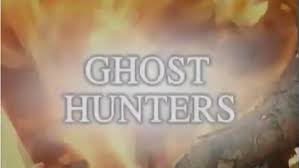
 So what witnesses are seeing when they see the ghosts of Civil War soldiers are actually the memories of people that died during or shortly after the battle that have been absorbed into the environment.
So what witnesses are seeing when they see the ghosts of Civil War soldiers are actually the memories of people that died during or shortly after the battle that have been absorbed into the environment.